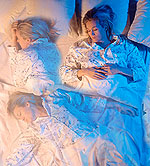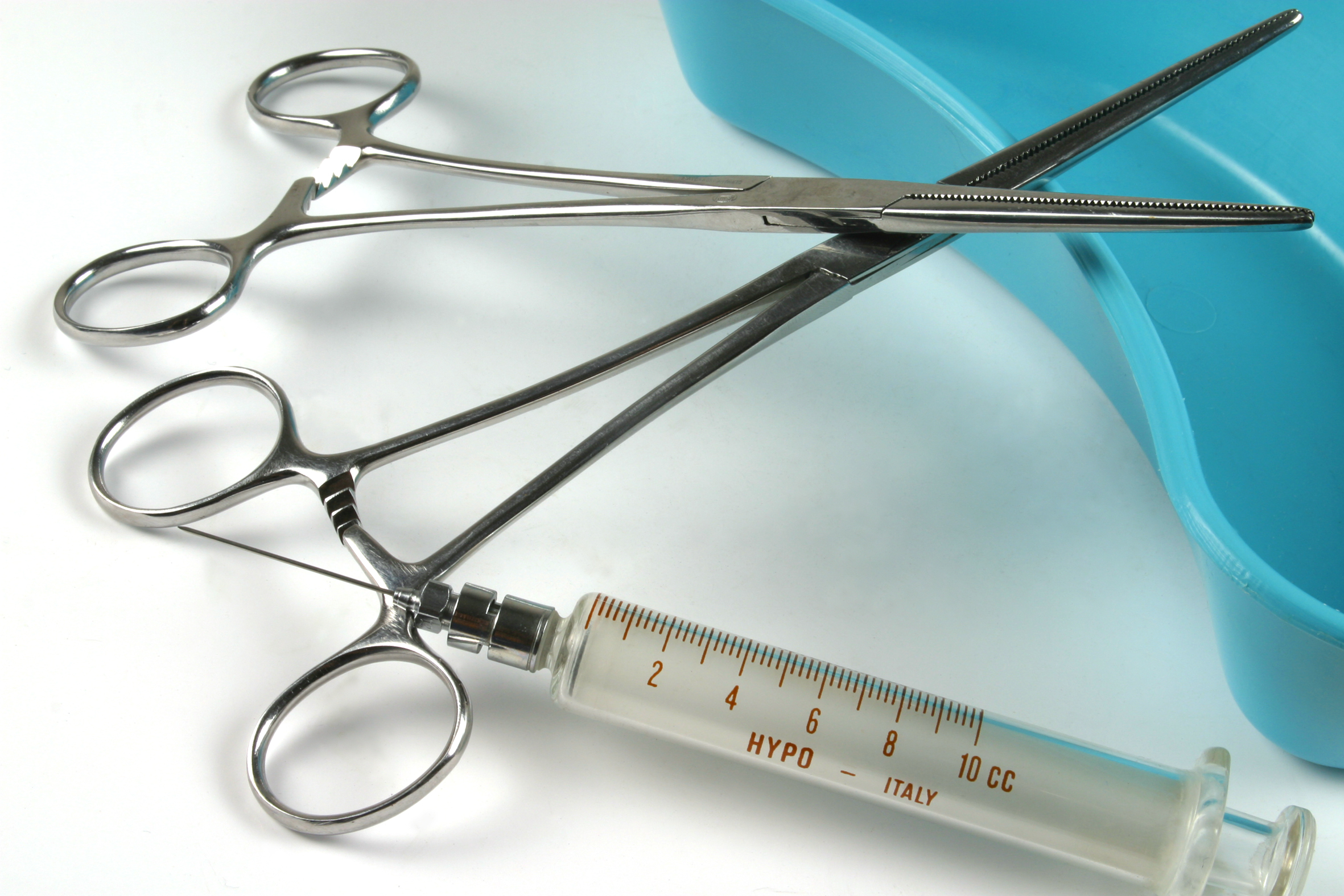
WEDNESDAY, June 27 (HealthDay News) — Smoking and exposure to pesticides are two factors that could raise the risk for a rare disorder that causes people to sometimes kick, punch or otherwise move about while asleep, a new study suggests.
REM sleep involves vivid dreams and, for most individuals, no movement other than breathing and the namesake rapid eye movement. However, with REM sleep behavior disorder (RBD), people act out their dreams in various ways, such as talking, jerking, kicking or getting out of bed and running around.
This often happens at the peril of themselves and the people with whom they share their bed, but experts say one of the biggest concerns with RBD is that it can be an early sign of a serious neurodegenerative disorder, such as Parkinson’s disease or a type of dementia related to Parkinson’s called dementia with Lewy bodies (DLB).
To identify possible risk factors for developing RBD, researchers asked people at sleep clinics around the world about their diet, lifestyle and medical and educational backgrounds. They found that people with RBD were more likely than people who did not have RBD to smoke cigarettes, have pesticide exposure and have suffered a head injury.
The study, which was published online June 27 in the journal Neurology, represents the first look at RBD risk factors.
“The only thing we knew was that patients tend to be men and that they tend to be older,” said study author Dr. Ron Postuma, associate professor of neurology at McGill University in Montreal. Knowing more about RBD risk factors will improve the understanding of Parkinson’s and DLB, he added.
Shelby Freedman Harris, director of the Behavioral Sleep Medicine Program at the Sleep-Wake Disorders Center at Montefiore Medical Center in New York City, said this study is a great start.
“There will be more studies coming out looking at risk factors,” she said.
RBD is rare compared with conditions like sleepwalking, which occurs during a different phase of sleep, Postuma explained. Previous research has found that one in 200 people have RBD, but Postuma thinks that number probably does not include mild cases.
Having RBD puts someone at much higher risk of developing Parkinson’s or DLB — between 38 percent and 75 percent of people with RBD also have a neurodegenerative disorder — but people can have RBD for a decade or more before they develop one of those disorders, Postuma said.
For the study, Postuma and his colleagues recruited nearly 350 people with RBD from sleep clinics in the United States, Canada, Europe and Japan. The patients’ average age was 67, and 81 percent of the group was male.
Because these participants were already going to a sleep clinic, they tended to have more severe cases of RBD, Postuma said. The participants did not have Parkinson’s or dementia.
The control group included 281 people who had unrelated sleep problems, such as sleep apnea and insomnia, and 129 people with no sleep problems.
The researchers asked the participants about their exposure to many factors that have been associated with increased risk of Parkinson’s or DLB, such as caffeine intake and head injuries.
They found that the biggest risk factor for RBD was pesticide exposure, which is also a risk factor for Parkinson’s. People in the RBD group were more than twice as likely as the non-RBD group to have been exposed to pesticides at work.
There was no association, however, between pesticide use outside of work and having RBD, probably because the exposure levels for this group would have been very low, Postuma said.
Postuma and his colleagues found that head injury, which also is a risk factor for both Parkinson’s and DLB, was 59 percent more likely in the group with RBD. Less education has been linked to dementia, and the current study found people with RBD had been in school for about 1.5 fewer years, on average, than the control group.
The reason for the association between education and RBD is unclear, but it could be that people with less education have different types of dreams that cause them to act out less, Harris said.
The relationship among certain factors was different for RBD and Parkinson’s. Whereas caffeine intake and cigarette smoking seem to protect people against Parkinson’s symptoms, the researchers found no association between caffeine use and RBD risk and that smoking increased the risk of having RBD by 43 percent.
“I find that quite interesting,” Postuma said. “It makes you think about the mechanisms of these diseases.”
The study found an association — not a cause-and-effect link — between these various factors and the risk of RBD.
Some forms of Parkinson’s probably involve degeneration of nerve cells in the sleep region of the brain before the disease strikes the motor areas, causing tremors and coordination problems, Postuma explained.
Not all patients with RBD will develop Parkinson’s or DLB, however, and it may be that some forms of RBD affect only the part of the brain involved in sleep regulation, he added.
“People who have RBD should see a neurologist,” Postuma said. Even though it is not possible to prevent Parkinson’s or DLB, doctors can monitor these patients and make sure they get the best treatment to manage their disease.
RBD is also treatable, and the most common medication is clonazepam (brand name Klonopin), which can relax muscles during sleep, Harris said.
“The first thing we always do is modify the sleep environment to reduce the risk of injury,” she said.
Postuma and his colleagues are now studying other factors that could increase the risk of RBD, including family history and certain medications and diseases.
More information
To learn more about REM sleep behavior disorder, visit the National Sleep Foundation.

